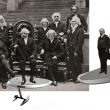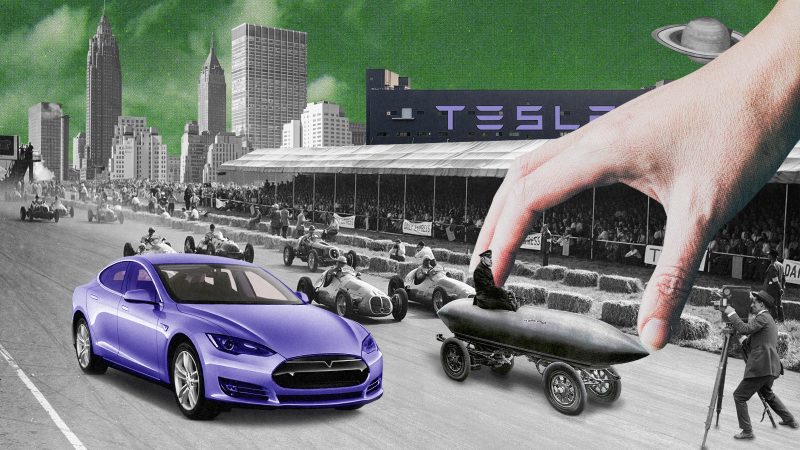Want to go green? Then an electric vehicle is your answer – at two to three times the price of a conventional internal combustion engine car. Such are the realities that the resurging electric vehicle revolution is facing in light of growing fossil fuel prices and the ongoing battle among manufacturers to create electric batteries capable of competing with the long-established conventional motor. The most popular electric vehicle in the US in 2022 was the Chevrolet Bolt, followed by the Tesla Model S. The seemingly restrictive prices of electric vehicles are not stopping manufacturers from unveiling new models on a regular basis, with dozens of competitors to Tesla popping up in China, India, Brazil, and other countries.
But despite the growing brand awareness and advertising of electric-powered cars, they are losing the battle to conventional internal combustion engine vehicles. Many believe a global conspiracy with roots nettled deep in history is at play. Or is it truly so?
Well Before the Cylinder
Electric vehicles were far more common than cars with internal combustion engines before 1910 thanks to their convenience, relatively simple engine mechanisms, and progressive, even futuristic-looking body designs. The La Jamais Contente holds the crown of the first electric car to have reached speeds above 100 km/h in 1899, designed by Belgian Camille Jenatzi, son of Constant Jenatzi, a manufacturer of rubber tires – a newfangled invention at the time. Powered by two Postel-Vinay direct drive electric motors with a total output of 50 kW, or around 67 horsepower, the machine was a breakthrough for its time, but by far not the first electric machine to have graced the pavement in the 19th century.
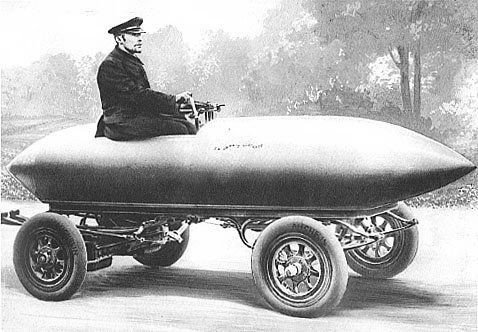
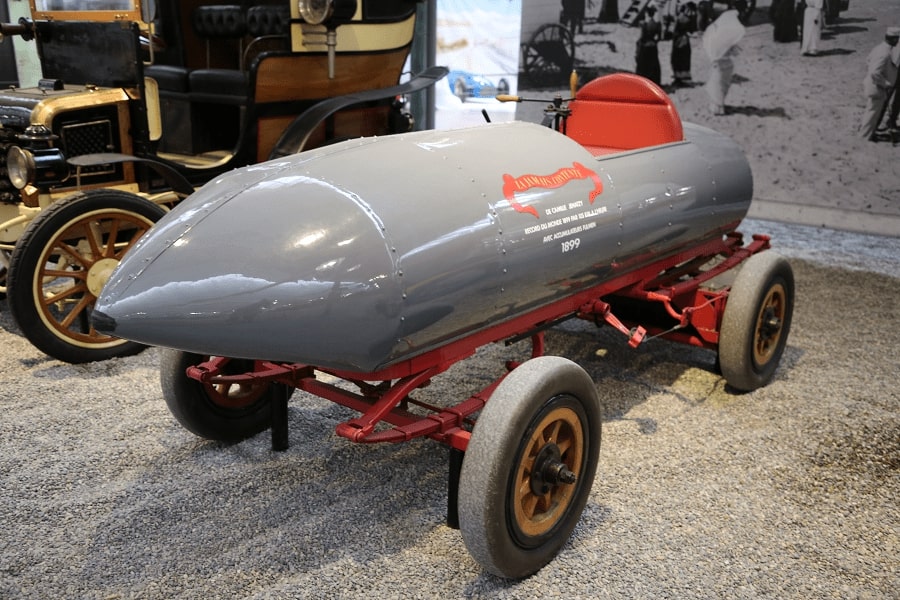
Speaking of speed records, electric vehicles hold honorable titles of their own in the 21st century as well, giving them rights to contend for supercar status on the engine and body levels. The most famous in the lineup is the Buckeye Bullet, which set several consecutive speed records – 437.318 km/h in 2004, 495.140 km/h in 2009, and a whopping 549.211 km/h in 2016. The Rimac Nevera, showcased a top speed of 412 km/h, a record set in 2021 as the fastest accelerating electric production car.
In 1834, Thomas Davenport invented the DC motor and installed it on a self-propelled platform the same year. Though the machine could only move along an electrified track, it laid the foundation for a series of electric vehicles that followed. In 1835, Professor Sibrandus Straeting of the University of Groningen, assembled and tested an electric vehicle powered by galvanic cells, giving impetus to Thomas Davenport and Robert Davidson to create the first official machine with disposable batteries later in 1842.
The big hit happened in 1893 at the Chicago exhibition, which saw the unveiling of a six-seater electric machine with a top speed of 23 km/h, developed by Willian Morrison. The “record” was beaten soon after the Jeantaud Duc with its 60 km/h. The idea of fast-moving electric vehicles quickly evolved into a racing rally, which officially took place in America in 1895, setting off a trend that saw the mass usage of electric vehicles across the country. In fact, electric cars rivaled internal combustion vehicles in popularity up until the 1920s. In 1912, the infamous Henry Ford, in cahoots with Thomas Edison, wanted to flood the American market with electric cars adorned with the Ford logo and with an affordable price tag of around $500. But something happened that did not allow said plans to come to fruition.
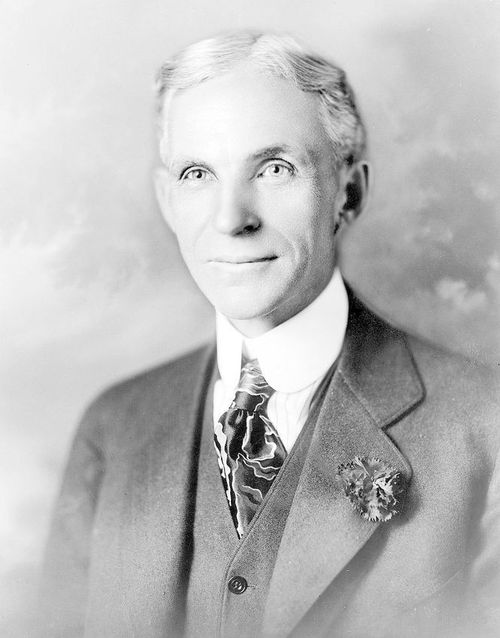
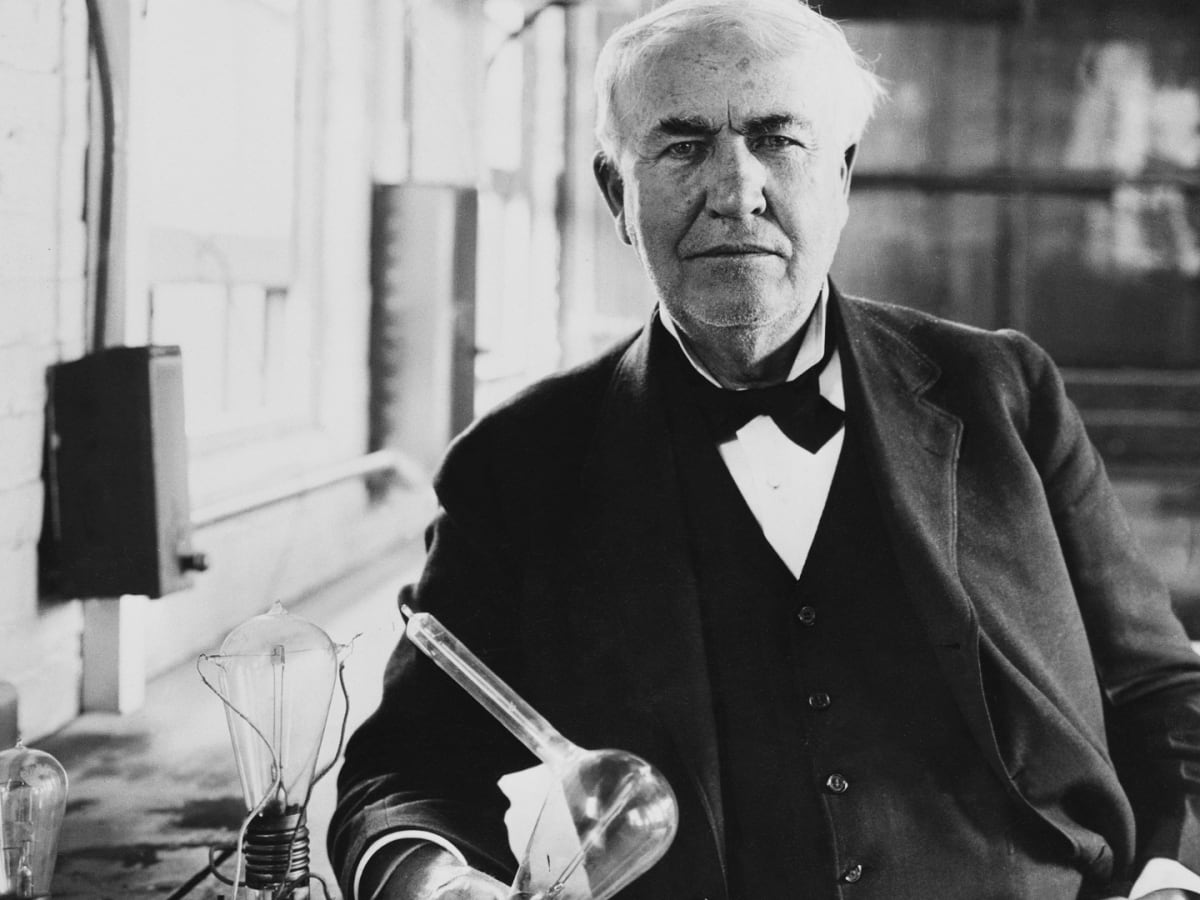
Electric vs. Conventional Layout – The Old Ways
Strange as it may seem, but the construction and key technical characteristics of electric and internal combustion engine vehicles were almost identical in the early days of the automotive industry’s development. The classical layout at the time dictated the engine to be placed in the back, with the driver seated in a separate capsule at the front. This setup allowed electric vehicle manufacturers to experiment with various body designs, many taking inspiration from streamlined bullet-like shapes. The main disadvantage that tore the rift between the two types of propulsion systems in favor of internal combustion was the ease of maintenance, namely – the charging mechanism. The lack of advanced AC-to-DC converters at that time meant that electric vehicles had to be charged via a motor with an alternating current, making the process tedious and labor-intensive. The invention of a rectifier in 1906 did little to ameliorate the problem, and recharging remained challenging.
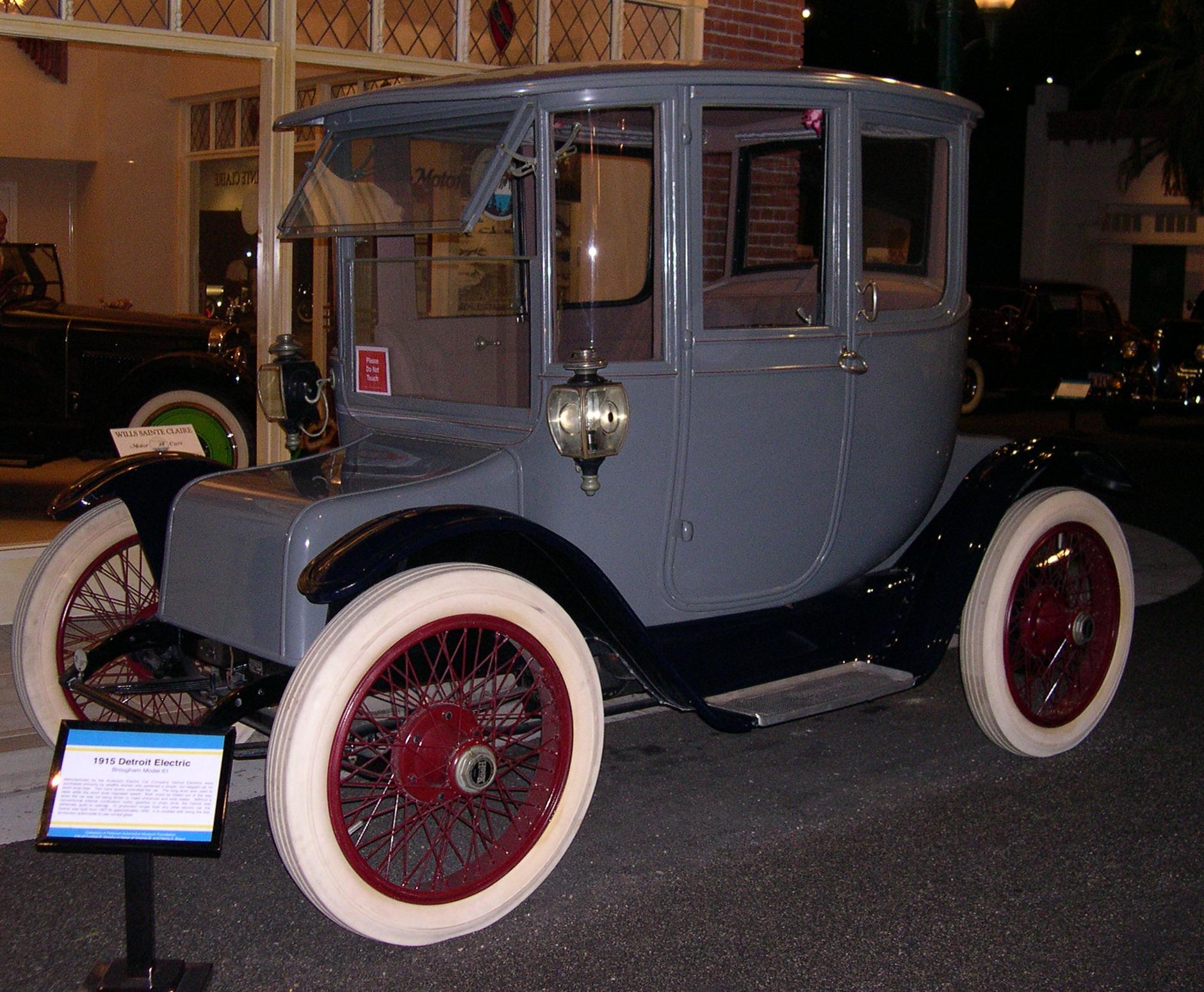
The rapid expansion of refueling station networks across the United States in the 1920s and the availability of cheap gas finally sealed the fate of electric cars for decades to come. All despite the fact that as many as 38% of all vehicles in the US up until 1910 were electric, and just 22% were powered by gasoline.
Conspiracy or Technology?
The growing lineup of models is not helping the popularization of electric-powered cars, giving reason to believe that other factors may be artificially suppressing the development of the given sector of the automobile industry.
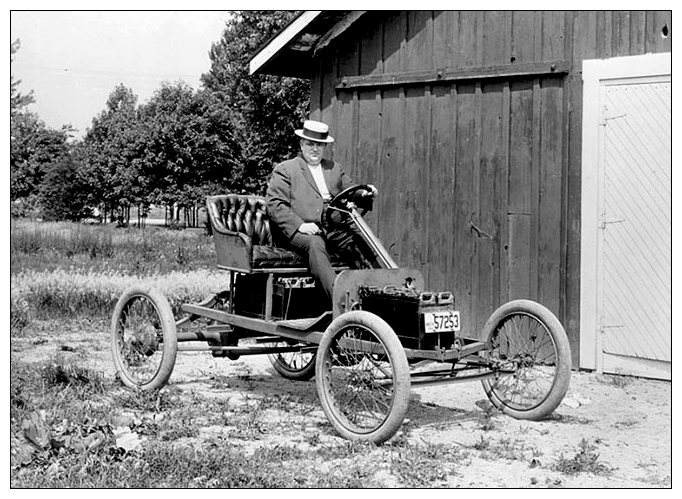
Conspiracy theories are ingrained in people’s minds and have spawned such wild guesses that Thomas Edison lost a bet to Henry Ford in favor of gasoline-powered machines. Others say that the dominance of oil-producing nations has played a key role in elevating the internal combustion engine vehicle to spur demand for fossil fuels. Another group of conspiracy theorists are entrenched in their belief that soaring fuel prices are the result of a cabal of automobile manufacturers lobbying in the higher echelons of power.
In Hindsight
What began as a technologically advanced and affordable means of transportation was suddenly and abruptly overrun by gas-guzzlers for over a century. Modern battery-powered vehicles sport stylish designs and astonishing features, but the fact that they have become a niche product is keeping their prices well above affordable levels. The 1920s to 2000s period shall remain embedded in automotive history as the age of electric car oblivion, one in which anything running on any fuel other than combustibles was deemed outright outlandish.

